A loss of strength and muscle mass (also known as sarcopenia) is one of the main factors that lead to frailty in senior citizens. Although the symptoms usually appear only after the age of 65, the process, as a matter of fact, already starts when we enter our thirties and our muscle functioning begins to deteriorate.
Possible causes
It is believed that your diet can be one of the causes of a loss of strength. If a person’s diet does not contain sufficient protein or calories, the body will not be able to support muscle mass. This appears to be one of the main factors that lead to a sarcopenia in the elderly as senior citizens are inclined to eat less, placing them more at risk of malnutrition.
Loss of strength is also more common in those who do not engage in a lot of physical activity. However, those who do exercise can also suffer from sarcopenia.
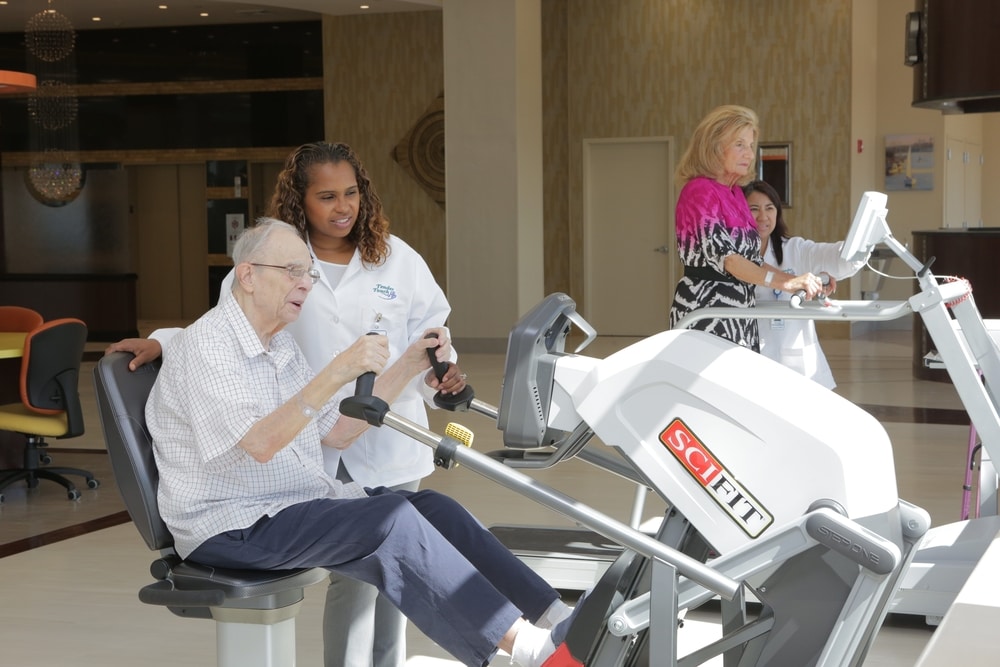
It is also believed that hormonal changes or a lower concentration of certain hormones like testosterone and a reduction in the nerve cells that send signals from the brain to the muscles could be to blame.
Symptoms
A loss of strength usually happens quicker once you turn 75, however, the symptoms may appear at the age of 65 already. A loss of stamina and weakness are the two main symptoms. When you suffer from this condition, your odds of falling and fracturing a bone are also higher.
What to do to treat loss of strength
There are a couple of drugs that are currently being researched. That being said, drug therapy is not the best treatment option.
If the person is still quite mobile, resistance or strength training is the best course of action. The effect that a loss in muscle mass has on the body can be remedied by training with resistance bands or light weights. Alternatively, a short walk can also help to reduce the symptoms.
Although the condition could get in the way of physical activity, exercise remains the main treatment. It is best to work with a physical therapist who will be able to create a treatment plan that will suit the abilities of the patient and reduce the risk of injury.
In addition to exercise, it is also important that the person follows a diet that is rich in protein. In fact, resistance training can help the body to turn protein into energy. Vitamin D, omega-3 fatty acids and creatine can also be beneficial for a loss of strength as these help to boost muscle growth.
It is important to take note that in the event that medication has been prescribed, it will not replace resistance training.
At Haym Salomon Home for Rehabilitation & Nursing in Brooklyn we understand that loss of strength also leads to a loss of independence and, as a result, your quality of life could decrease. Therefore, our caring team will be your pillar of strength to help you deal with sarcopenia. With our help, you can get active and lead a happier life.
This content comprises informative and educational resources only and can not be considered as a substitute for professional health or medical guidance. Reliance on any information provided in this article is solely at your own risk. If you have any inquiries or apprehensions about your medical condition or health goals, talk with a licensed physician or healthcare provider.

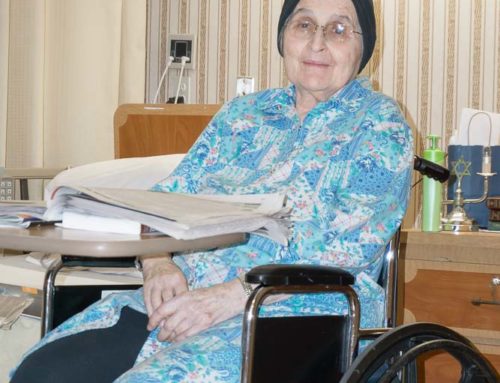

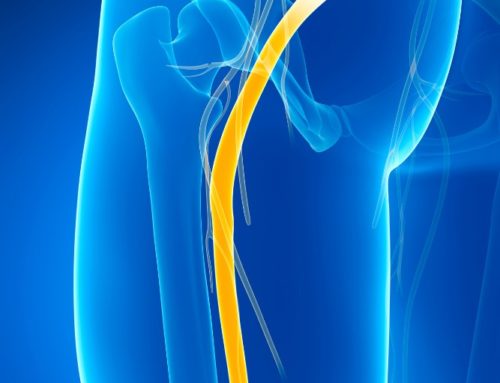
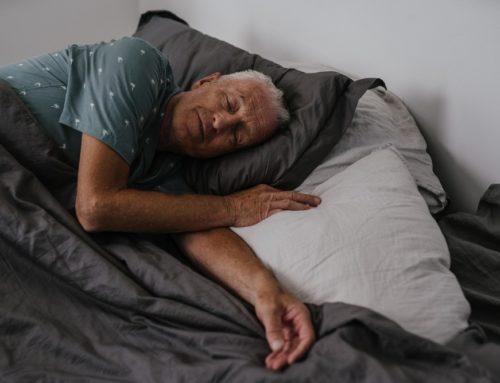
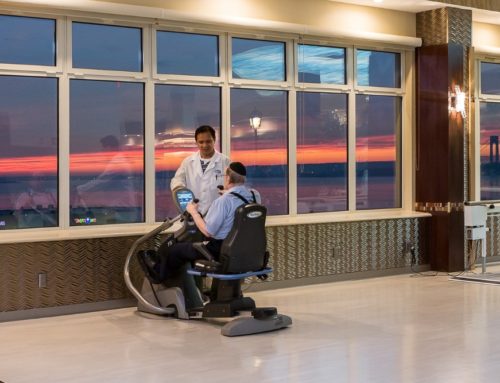
Leave A Comment